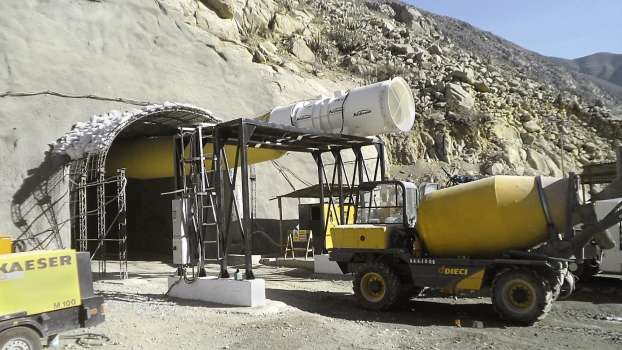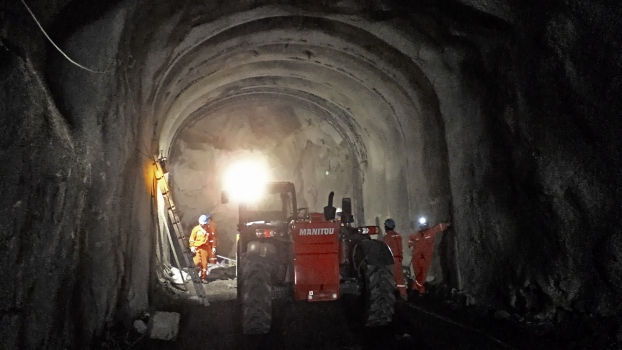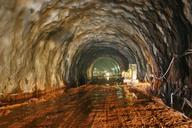Tunnel excavation for the Cheves hydroelectric power plant in Peru
In 2010, construction work began at the Cheves hydroelectric power plant that is located on the Huaura River about 130 km north of Lima. Since its completion in September 2015, the plant has added 172 MW or 840 GWh to the main electric grid via a 77 km long transmission line.
The underground construction portion of this project consists of approx. 19 km of tunnels and a power house cavern with two turbines. The tunnel was mainly excavated by drilling and blasting. Ground conditions in the project area vary greatly. The tunnels were driven through sedimentary, igneous and volcanic rocks as well as swelling clay and fault zones, which posed additional challenges for the participating companies. Furthermore, the high overburden of up to 1.2 km resulted in stresses that exceeded the rock mass strength, causing rock bursts. Water inflows and rockbedded methane gas also made tunnel excavation difficult.
Around 6,200 hollow bars were installed
Due to the difficult ground conditions, high quality and modern ground control solutions were provided for the Cheves hydroelectric power plant project by DSI. Self-drilling rock bolts and spiles were installed in combination with lattice girders to provide a safe underground environment during advancement and excavation.
In total, DSI Peru supplied around 6,200 hollow bars in lengths of 3 and 4 m and lattice girders for stabilizing the highly unstable zones. Furthermore, 921 combination rock bolts in the standard length of 2.4 m were used for rock reinforcement in the hard rock areas. In addition, DSI Peru supplied cable bolts and resin cartridges for rock stabilization and also seven mortar mixing pumps to the client.
CO2 reduction by 394,000 t per year expected
The project was registered as CDM (mechanism for environmentally friendly development) by the United Nations because it will balance the carbon dioxide driven energy mix in Peru by a more ecological alternative for generating energy. It is expected that the new hydroelectric power plant will reduce CO2 emissions by an estimated 394,000 t per year.
Structure Types
- About this
data sheet - Product-ID
7408 - Published on:
06/12/2016 - Last updated on:
17/11/2021







